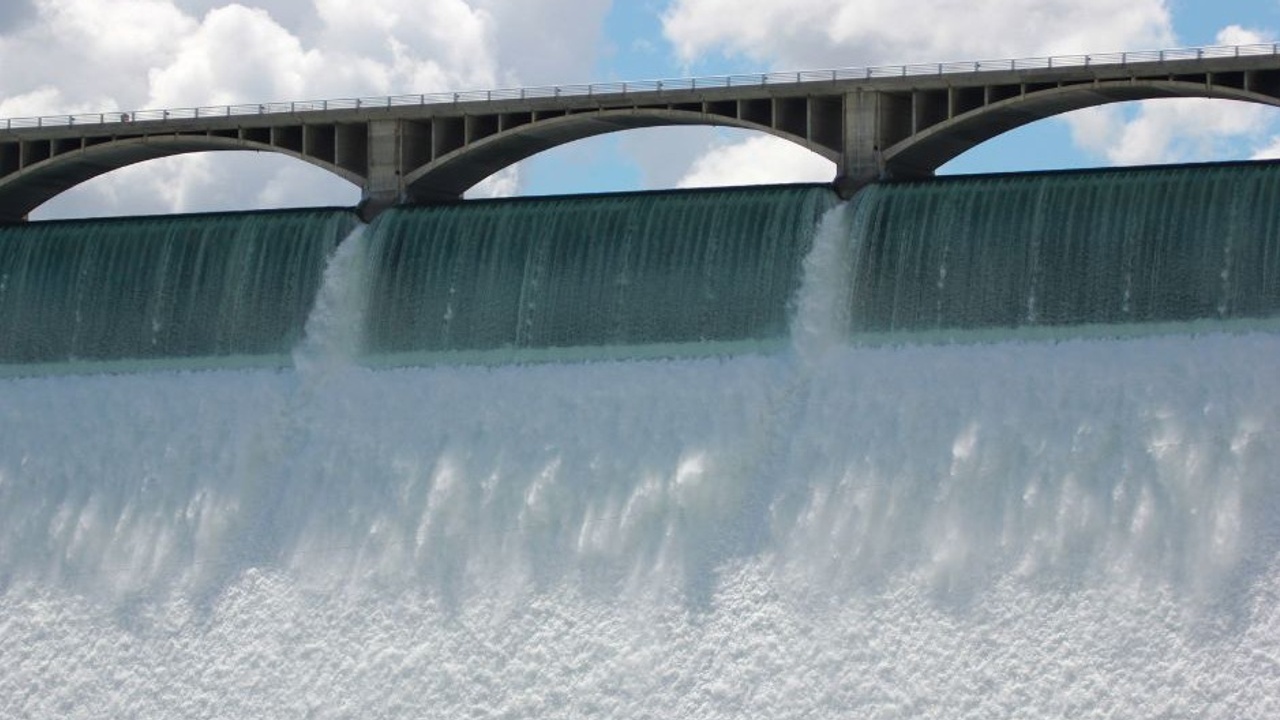
A fresh look at Resiliency in Medicine, Self-Evaluation Part 3
This week we continue the series on a fuller understanding of resiliency in medicine. Last week, we looked at your resources (including what your organization supplies)– what you have and what you need that is within your control or influence and when to adjust. Today, we will look at the usage of those resources – the intentionally placed, the over-committed, and the waste.
We will continue using the model of a dam provided by Dr. Kemia Sarraf of Lodestar Trauma Coaching – with its reservoir representing our resiliency capacity, water levels that vary up and down, its rivers and tributaries bringing the water in, and then the gates and spillways that allow the water to flow downstream where it’s needed. Today I will walk you through the 3rd self-assessment - have those pens ready.
So far, we have assessed the rivers that contribute to our reservoir, including the needed organizational inflow. We have looked at the capacity and water level of our reservoir. Now, we need to address the spillways. Once you optimize your incoming rivers, the next place you can put your attention to improving your reserves is to evaluate the reservoir's drains.
We must ensure our energy is sufficient for daily effort, creativity, and presence. We use our resources at work, at home, community, and elsewhere. Contributing your skills, time, ability, effort, finances, and other resources can be very rewarding unless you are over-extended. So, we must tend our spillways with intention and not let it pour out unmanaged.
Let’s look at the various places you serve and work. List them all out. Where do you intentionally put your effort? What are the related run-offs?
I’ll start you with some ideas that may or not apply – you can define the categories in ways that make sense to you. The goal is to take an audit of where you are putting your resources – your time, energy, attention, finances, etc. It’s okay if things like your kids end up as both a river and a spillway - it's real! Also, do this without judgment - it's just data - there are no SHOULDs or SHOULD NOTs.
Work
Clinical: inpatient and outpatient interactions, diagnostic results, medication refills, orders, referrals, consults, forms to help patients obtain their needs, patient and family questions, team communication, and cooperation.
Educator/Advisor:
Scholarly Activity:
Leadership:
Citizenship:
Others:
Personal
Relationships: as a parent, sibling, child, friend, etc.
Routine Activities: cooking, maintenance, etc.
Self-care:
Others:
Public
Community involvement: sports teams, faith communities, performing arts support
Sponsorship:
Volunteer:
Advocacy:
What Else:
Review everything you have written down (without the unhealthy perfection lens). What do you experience as you review the various things you are involved in? Do you like where you put your resources? Do you like your reasons? To which activities are you happy you contribute? Which, if any, do you want to dial down or remove after seeing the bigger picture? Why? Is that the full truth?
What minor tweak can you make to be more purposeful on the percent allocation of where your resources are used? Remember one small step at a time is how we sustain change.
Where might your resources be wasted unintentionally? (I find that we often utilize a lot of cognitive load/mental energy spent ruminating over the past and worrying about the future.) What small changes can you make to cut down on waste?
If your water levels are low or dropping and you’ve optimized your river inflows, you will need to tighten some of the gates of your spillways - even if you love all the things that you’re contributing to. Part of being a good steward of your resources is preserving them for the long haul. This was part of my burnout story – I loved every one of the 22 hats I wore as core faculty. It never occurred to me to take a self-assessment of my inflow and outflow and adjust to sustain the journey.
Even worthwhile things can deplete you. If this is you, prioritize those spillways to figure out where you can slow the efflux. Which spillway is the most important to preserve? Sometimes it takes uncomfortable conversations or requests, difficult choices, or disappointing good people. Look at the trade-offs. Test out the best for you.
Alright. One more week, and we will close out this blog series. I look forward to taking a look at the last components and a few surprising ones next week.
Until then, have a joy-filled week! Tonya
The New Year is a great time to consider partnering with me to find joy inside and outside of work - gain clarity, confidence, and balance. Set up a low-pressure call with me to see how it works and to tailor the strategy to your needs. Click Here.
Original post 12/2022, updated 1/2024
Join Weekend Reads
Weekly insights, tips, and tools for physicians who want to thrive—plus a dash of fun.
We hate SPAM. We will never sell your information, for any reason.

